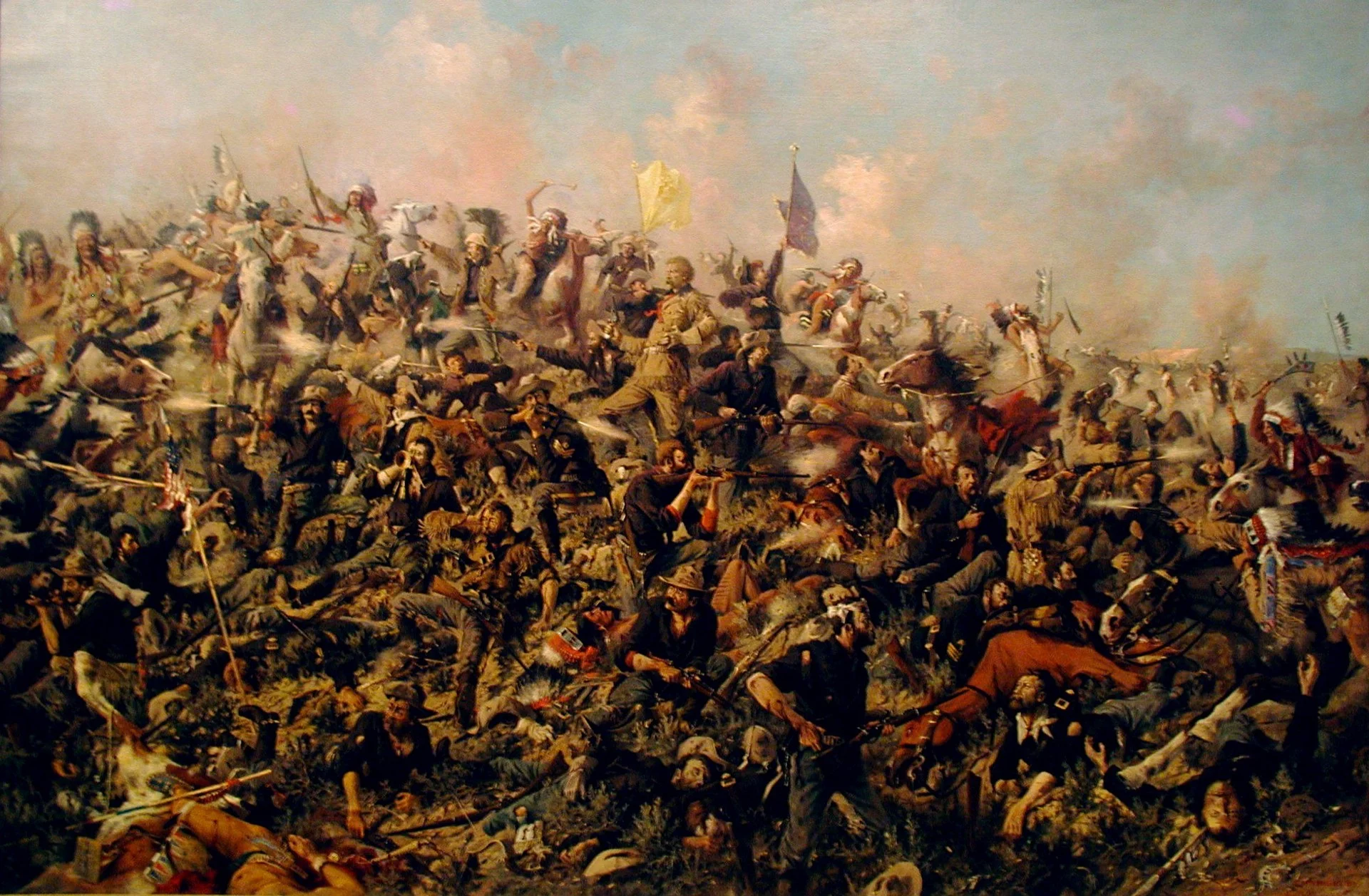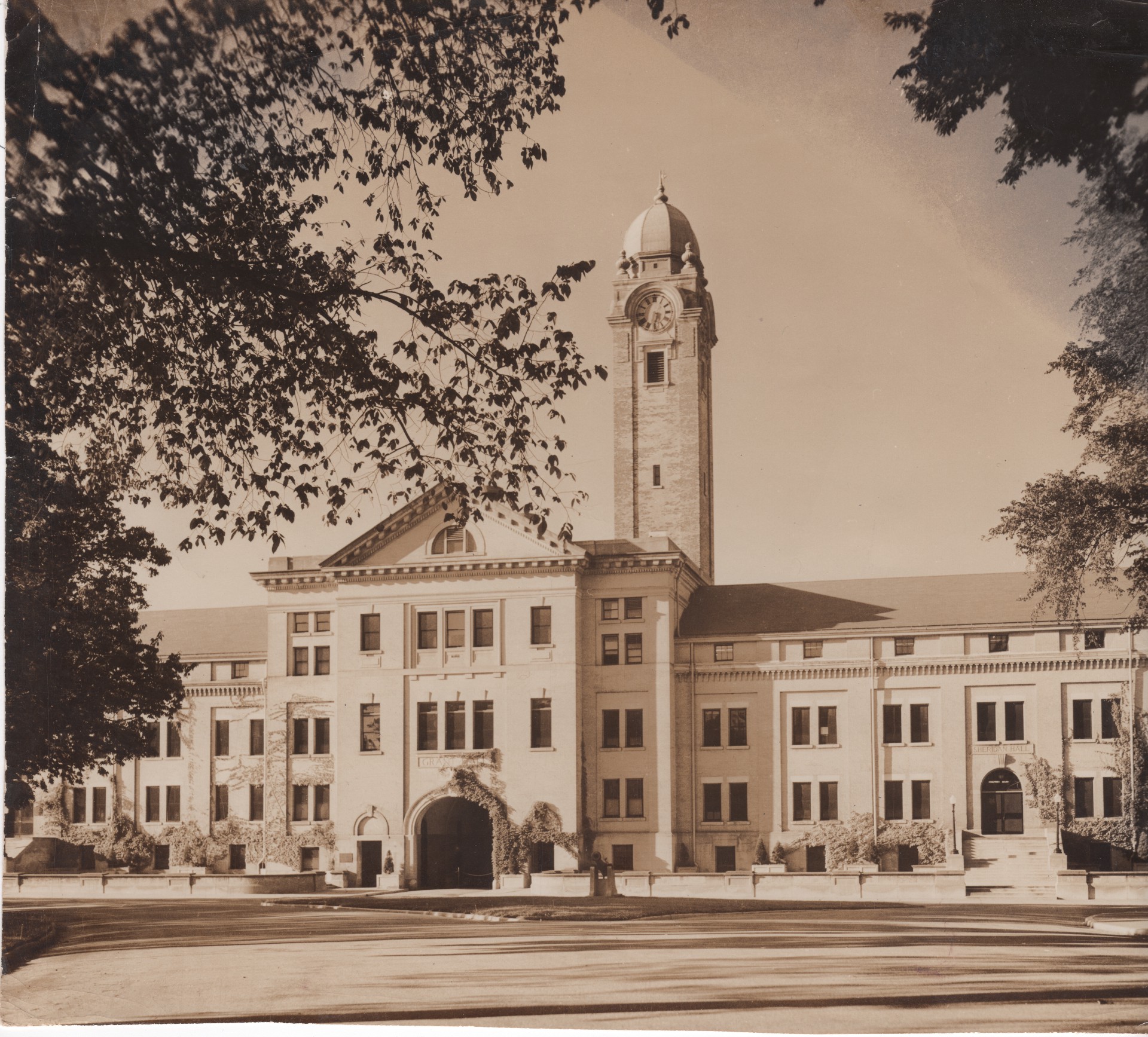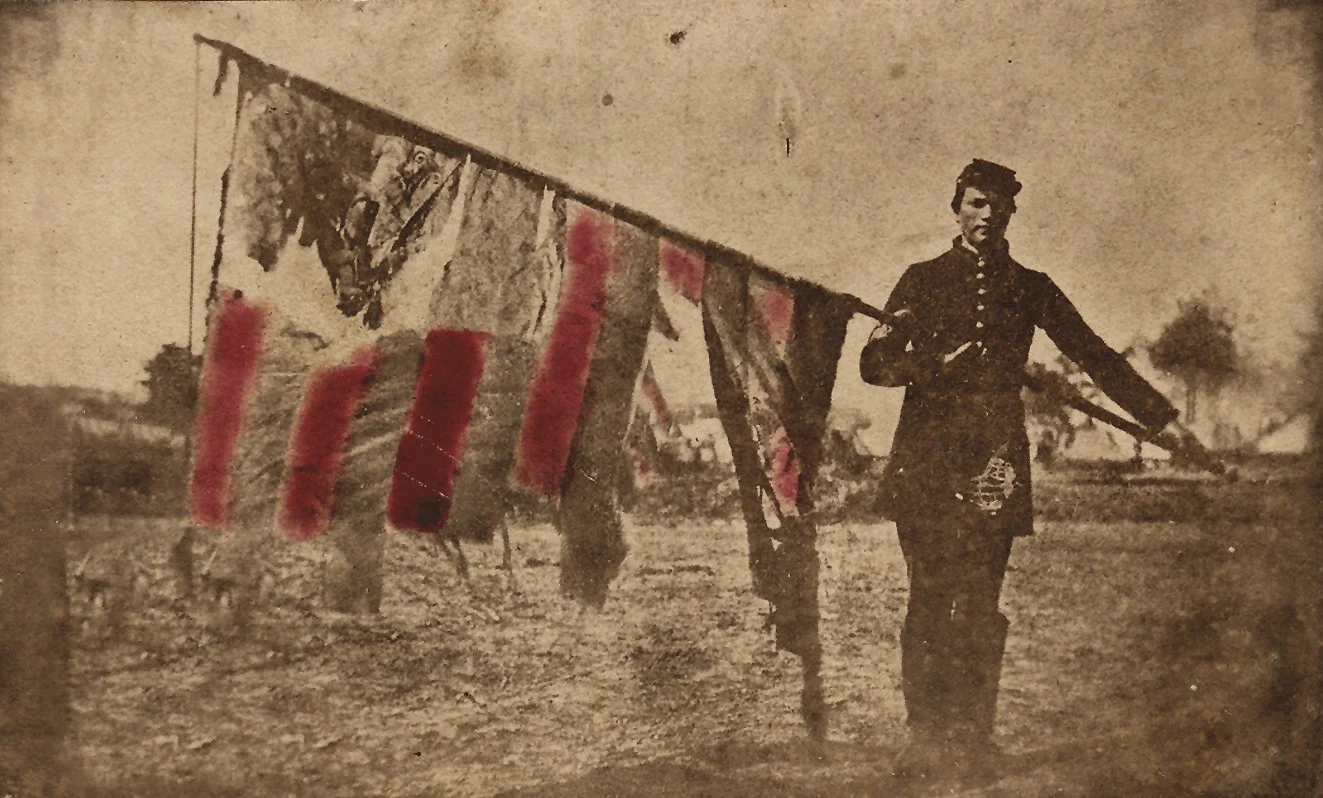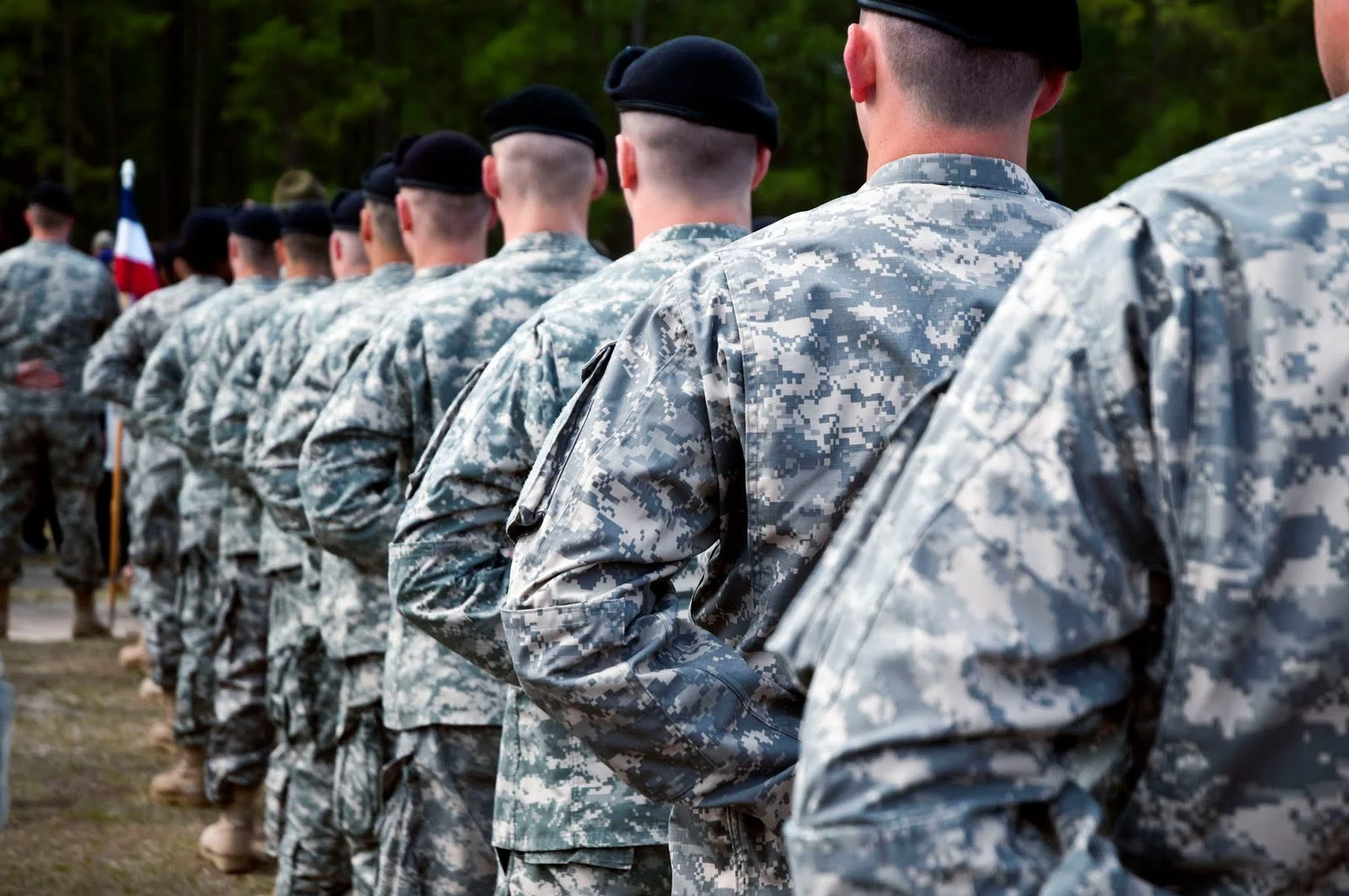If war is an inherently human phenomenon, then discussion of the human aspects of war is as timeless as the discussion of war itself. One prudent start point for any discussion on military matters is the philosophy of war described by the 19th century theorist Carl Von Clausewitz. In one of the lesser read sections of On War, he described what comprised the penultimate military genius. This article explores Clausewitz’s description of military genius as a point of discussion in the ongoing human dimension dialogue. In Clausewitz, we have a life-long soldier describing what it takes to reach the highest strata of the profession of arms; we would be wise to listen to what he has to say.
Roots of the #Human Dimension: Understanding Historical Grievances as Context for Conflict
#Human Capital Management: The Importance of Evaluations and Assignments
The Human Dimension (HD) White Paper, recently published by the Combined Arms Center, provides a framework for optimizing human performance that broadly outlines three lines of effort (ways) and six means for improving the Army’s Human Capital. Successfully implementing this framework, like any organizational change effort, will require getting one or two “big things” right. For the Human Dimension, the “big things” are evaluations and assignments. These issues affect behavior both consciously and unconsciously, and together provide the greatest influence on talent development and management.
The Learning Process of #Humans
The Human Dimension White Paper has continued a much needed discussion about how the military should respond to its experiences in Iraq and Afghanistan. While our military has learned a great deal in more than a decade of fighting, we must understand that “lessons learned” take us only so far, unless we are willing to improve the learning process itself.
#Human Storytelling, Conversational Learning, and Mission Command
Using storytelling and conversational learning to conduct professional discussions are not new ideas but they are ideas that need to be taught and reinforced in the Army PME courses and by leaders throughout the operational force. Mission command is based on trust, which requires understanding. One of the most effective ways to gain understanding of the capability and competence of one peers, superiors and subordinates is through professional discussion in a learning environment.
#Human: “It’s the Who”
The next major evolution in warfare will not be in the way we fight, nor will it be what war is fought with, rather it will be who is fighting our wars. This evolution in warfare began in World War II when the United States began accepting African Americans into the Army, continued with the acceptance of women into the armed forces, expanded with the highest levels of leadership, and continues today with women in combat units and the end of don’t ask don’t tell. The Army is now presented with the opportunity to make the most of human capital.
The #Human Dimension Paradigm
The Human Dimension White Paper does not represent a paradigm shift, and that is not a bad thing. There are those research papers that propose an answer (argumentative), and those that provide new way to think about a particular problem (analytical). The white paper is the latter, and that has disappointed people. The effort however, is not a failure.
The #Human Dimension White Paper: An Analysis
Army University: The Educational Component of the #Human Dimension
Optimizing the #Human Dimension through Education within the Operational Army
The operational force and its commanders must deliberately integrate education into their leader development programs, complementing the efforts of the institutional Army. To enable this, we must increase our awareness of the existing educational resources, maximize our use of these resources and identify shortcomings to assist our leaders in their efforts. The Human Dimension and human performance will be more important in future operational environments than ever before and education is the key to our success.
The Narrative Dimension of #Humans
The power of the narrative dimension is found in the sense of coherence they provide of how the world is, how people are, and how to respond to disruptions of that worldview. The Human Dimension fails to account for their organizing functions to elicit support for a vision of the future, promote clarity of the discourse between people of different social groupings, or unpack the factors influencing human behavior.
Senior Leadership & the #Human Dimension The Importance of Trust
There are two calls to action in the Human Dimension White Paper. The first is to senior leaders to provide resources for developing our junior leaders. The second is to junior leaders to begin developing their peers and subordinates. These two must happen in conjunction with each other. And that can only occur through clear and open dialogue between all ranks.
Re-grading the Army’s #Human Dimension White Paper
A #Human Response
As the Army looks at itself and asks if it is sufficiently organized and trained to address today’s threats, so too should Congress ask itself whether the laws that define the Department of Defense and its subordinate components are sufficient, as should the White House ensure its foreign policy decisions do not violate the Ranger Handbook’s leadership principle of “Know your unit’s capabilities and limitations, and employ them accordingly.”
#Human Element of Leadership: Preparing Leaders for Any Given Sunday
As a military, we do not have the luxury of planning and practicing for a season that begins on a predetermined date; we do not even know the field we will fight on for our next “any given Sunday.” We do, however, know we will need prepared leaders and cohesive teams for when that day comes. Whether you agree or not with the proposals in this white paper, we cannot afford to be indifferent, because on any given Sunday, leaders will lead their teams to either victory or defeat with millions watching.
The #Human Project: Professional Views on the Army’s Human Dimension White Paper
This series—which will include posts by soldiers, airmen, defense professionals, and other stakeholders in how we develop and manage the people in our military—will address the specifics of the document, as well as tangential topics in the white paper that the authors found pertinent and expanded upon.

















